
After a Decades-Long Ban, San Jose’s Lowriders Are Ready to Cruise Again
This vibrant culture never faded away in the city’s Mexican American community.
Hundreds of people gathered along Santa Clara Street near San Jose City Hall in June with their custom lowriders–Chevy Impalas, Bel Airs, and Pontiacs, just to name a few. The area was an explosion of color. Car clubs and solo drivers showed off their rides and took group photos, as families walked along admiring the bright green, blue, orange, and yellow vehicles. Food trucks lined the streets and Cisco Kid, a War tribute band, provided the music: “All my friends know the low rider…”
In front of City Hall, council member Raul Peralez stood on a small ladder; a crowd encircled him and a nearby 1941 Chevy Special Deluxe* with their phone cameras flashing. They watched as Peralez removed San Jose’s last “NO CRUISING” sign off of the pole himself. As he waved it in the air, the people cheered and whistled. “This is a huge win for our community here and for our city as a whole,” said Peralez.
The festivities marked the end of a 36-year prohibition on lowriders cruising—driving low and slow—through the streets of San Jose. In 1986, the city implemented a ban on cruising to address gang violence, crime, and traffic-related accidents. But San Jose’s primarily Mexican American lowriding community has suffered the consequences of the ordinance, which many say facilitated discrimination. With the city council unanimously voting to repeal the ban, the lowriding community now feels like their city has finally embraced a culture that encompasses more than just driving custom cars.

Stephen Velasquez, a curator at the Smithsonian’s National Museum of American History, says that lowriding was born out of the car culture of the mid to late 1940s, when Mexican American communities in Los Angeles had access to inexpensive cars. “There was a hot rod culture, which was about going fast,” Velasquez says, “whereas Mexican American communities couldn’t really afford models like that so they created their own version of going low and slow, kind of see the scene.”
When the United States entered World War II in 1941, an estimated 400,000 Mexican Americans enlisted, many in an effort to prove their loyalty to the US and demand equality. But they did not receive a warm welcome upon their return from the war; Mexican Americans were faced with the same discrimination they had been experiencing before. Prior to and even during the war, Mexican Americans had limited opportunities in education and employment. Post-war, knowing that nothing had fundamentally changed, younger generations of Mexican Americans found a way to create identity in a country that was keen on making them invisible.
Thus was born the lowrider, which is customized and modified to drive low, usually with hydraulics, with the body of the car riding within inches of the pavement.
The cars were a source—and a symbol—of pride. Lowriders rejected typical American car design trends and adorned their cars with Mexican American imagery, vibrant colors, religious iconography like Our Lady of Guadalupe, and traditional Indigenous imagery such as the Aztec sun stone.
Lowriders took off post-WWII in the 1940s in East Los Angeles but it wasn’t until the 1950s and 1960s that the cars and the culture spread throughout California’s Central Valley. San Jose in particular became an important hub of lowrider culture because of its large Mexican American population. It was also the birthplace of most of the media produced in connection to the culture: Lowrider Magazine, Streetlow Magazine, Teen Angels Magazine. By 1970, San Jose—and specifically the intersection of King and Story roads—became the epicenter of the scene.

As a kid in late 1970s San Jose, David Polanco grew up surrounded by lowriders. A San Jose native, Polanco remembers how natural it was to see lowriders in his neighborhood. “Back in the day, one of my cousins who had a lowrider would pull up and park in the driveway or backyard and had the doors open with the stereo system playing. That was normal,” he says. Far too young to drive, Polanco still knew exactly the type of car he wanted: a candy apple red and wire wheeled 1976 Chevrolet Monte Carlo.
Polanco, now 53 years old, got his first custom car, a ‘69 Chevelle, at the age of 19. The car had an old faded red paint job with rims he got from a friend. He put in new screws and new rubber tires. “It took me a long time to get it where I had it painted and all that. It was a journey to get to that point,” he says. Today, he owns a ‘53 Chevrolet Bel Air painted seafoam green and a ‘53 Chevrolet Impala painted aqua azure—a long way from the ‘69 Chevelle that he admits was “ugly.”
Polanco describes lowriders as cars that just grab your attention. He gets the biggest kick out of watching the reactions of people who have never seen one before. “I was in Almaden, California at the supermarket area with my [Chevy Impala] and a mom and her son are walking by and the little kid goes, ‘Mom, it looks like water!’” Indeed, the color does look like the crystal-clear waters of the Caribbean. “That was the biggest compliment that kid could give me for my paint job,” Polanco says. “It’s really cool to see the youth and grown adults react to the cars.”
Lowrider culture is about pride, passion, and, especially, family, says Polanco. “There’s so much to the culture. It’s hard to put it in one word or several words.” Polanco left the scene when he got married so that raising his family could be his focus. But when his kids left for college 12 years ago, he started getting actively involved again, going to car shows and other lowrider events. To him, it felt like he had never left. “That’s why I brought up ‘family’ right away because a lot of these guys I met once and it was like I knew them forever,” he says. “I’d see how passionate these guys were about giving to the community and how easily they came to your aid when you needed it.”

But Polanco remembers the way gang violence started to emerge in the early 1990s. In 1986, when Polanco was still in high school, the city of San Jose implemented its ban on cruising. San Jose was one of the first cities in California to have such a law, followed by places like Sacramento in 1988 and National City in 1992. Stephen Velasquez from the Smithsonian says that there is a tendency to view lowriders as troublemakers; police and elected officials conflated lowriding with the gang culture of the ‘90s.
As a teenager in late 1990s San Jose, council member Peralez was the only kid at Cupertino High School in Cupertino, California, who drove a lowrider, a 1965 Chevy Impala. It made him an easy target for the police. “I can’t recall how many times I was pulled over by the police,” Peralez says. “Maybe 30 to 40 times through the years.” Once, while getting ice cream with his high school girlfriend in the town of Los Gatos, Peralez was told by the police officer who pulled him over that “his kind” was not welcome in “our town.”
Peralez is a native of San Jose and grew up cruising downtown with his parents. When he started driving at the age of 16, the Impala was his first car. “Less than maybe a year later, I joined a car club, the Impalas Car Club here in San Jose,” says Peralez. As part of the club, Peralez was able to experience the integral role that lowriders have in their communities. From holiday toy drives to volunteering, car clubs were important to the organizing work that brought families together.
But those contributions to the community didn’t stop the police from keeping their eyes on the lowriders. “If a group was parked, we’d frequently have a police officer pull up on us,” Peralez says. He says that what would typically happen is that they would be asked to step out of their cars and asked if they had any weapons or drugs or if they were gang affiliated. They would ask him if they could search his car; he didn’t know he could refuse. “I always complied and said, ‘sure, you know, go ahead, you’re not gonna find anything.’”

Though the ban passed in the mid-1980s, Peralez remembers cruising with his car club in the late ‘90s. But things changed when the police began closing certain streets. “You couldn’t really enjoy going out for a quick cruise as you could in the past,” says Peralez.
Peralez says that the ban was being used as an excuse to pull over anyone who looked like they were part of a certain culture. “The focus should have been and still should be on the criminal activity that may actually happen,” he says. “Not the act of driving your classic car slowly through the streets.”
That blatant discrimination is one of the reasons why Peralez introduced a proposal to repeal the ban on cruising this past spring. Peralez had realized that it had been more than 20 years since the police had actually issued a ticket for cruising, proof that the law wasn’t really about prohibiting the harmless activity; it simply gave police an excuse to stop and search lowriders. He says that since the ordinance has never been strongly enforced, “it is just more evidence that cruising was never the problem.”
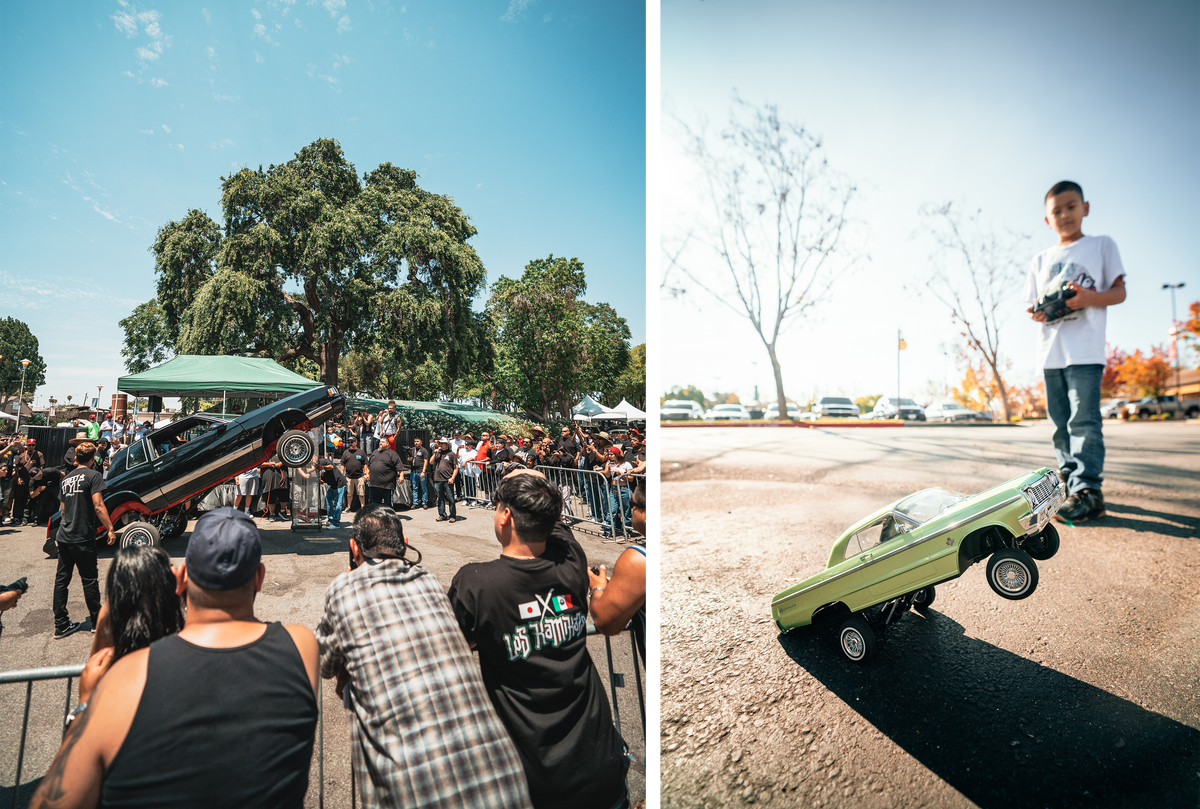
Now, with the ban overturned, a new era for lowriders across California is on the horizon. In July 2018, Polanco was appointed president of the United Lowriders Council of San Jose. When talks began to overturn the ban in San Jose, Polanco started having Zoom meetings with other lowrider clubs throughout the state about how they could also work toward repealing no cruising ordinances in their respective cities; Sacramento was the first. “It’s really triggered this wave of organizing,” says Polanco.
With this momentum, a new generation of lowriders has the chance of rising up. Ricardo Cortez, a San Jose native and local artist, says that younger kids who are only now being introduced to this culture have the opportunity to take this rich history and reimagine lowriding through their own perspectives. Through his work with 408{ART}, a series of one-day workshops that he leads in San Jose, Cortez teaches kids how to create sound-reactive lights for custom lowrider cars while also incorporating culture in his lessons. “Lowriding on the streets created a cultural explosion and innovation right at the same time,” he says. “It’s really cool to be able to talk about that.”

Just like Polanco and Peralez, Cortez grew up in what many call the lowrider capital of the world, and that instilled a sense of pride in him. “Introducing the new generation to that positive movement, that positive feeling of coming together, celebrating cars, celebrating this culture, is the most important thing we can do as a community.”
*Correction: An early version of this story misidentify the owner of the car.
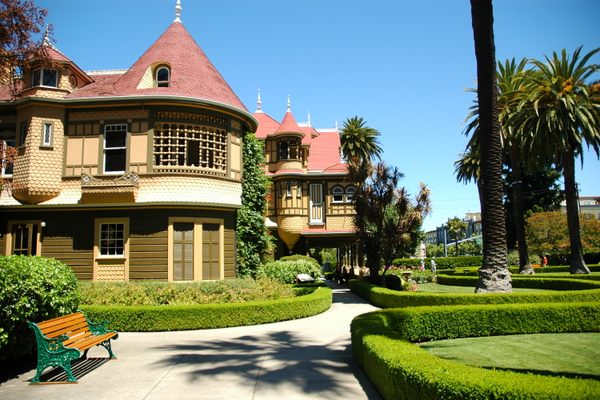
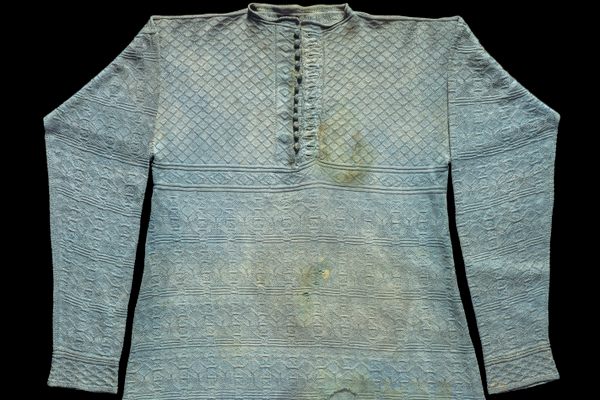
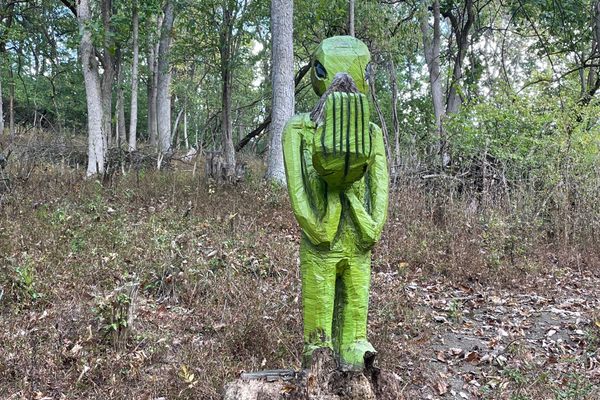

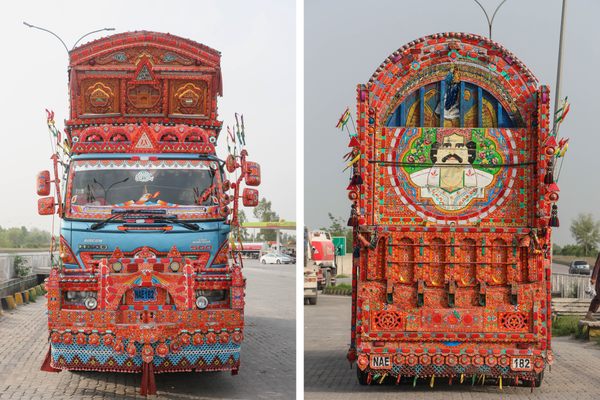





























Follow us on Twitter to get the latest on the world's hidden wonders.
Like us on Facebook to get the latest on the world's hidden wonders.
Follow us on Twitter Like us on Facebook